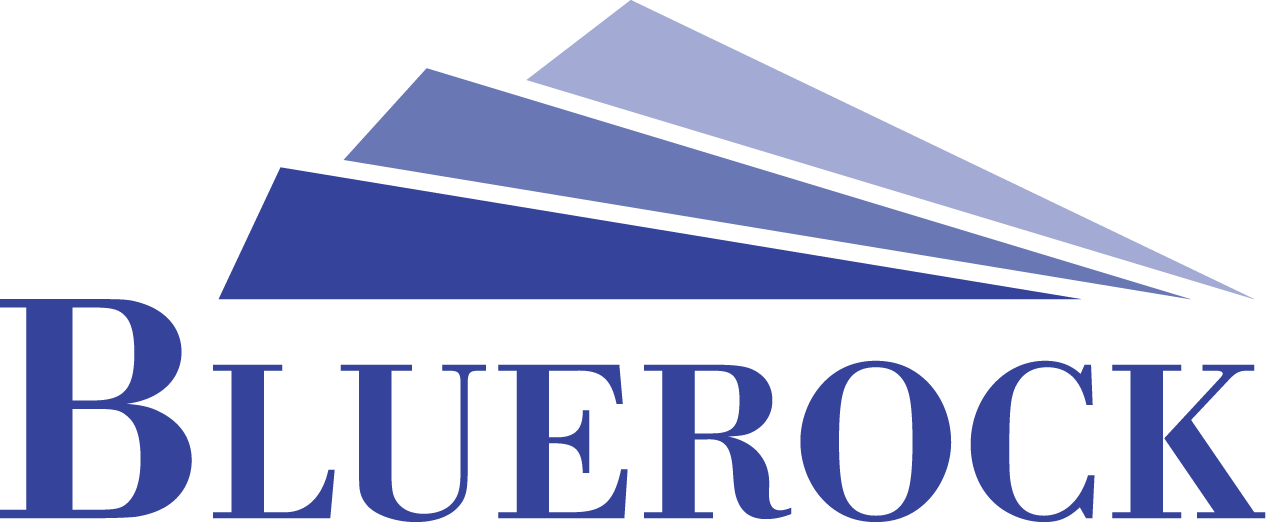Top Benefits of Eco-Friendly Home Building You Didn't Know
Environmental advantages of eco-friendly home building
Eco-friendly home building helps reduce your carbon footprint. By using sustainable materials and energy-efficient appliances, you can lower your energy consumption and save money in the long run. Green homes also promote better indoor air quality by minimizing toxins and pollutants. Additionally, incorporating renewable energy sources like solar panels can further decrease your reliance on fossil fuels and contribute to a healthier environment.
Cost-saving benefits of building an eco-friendly home
Building an eco-friendly home can help you save money in the long run. Here's how:
Energy Efficiency: Eco-friendly homes are designed to use less energy, which can lead to lower utility bills.
Water Conservation: Features like low-flow fixtures and rainwater harvesting systems can reduce water bills.
Sustainable Materials: Using recycled or locally sourced materials can often be more cost-effective than traditional options in the long term.
Tax Incentives: Some governments offer tax breaks or incentives for building eco-friendly homes, helping you save money during construction and beyond.
Health benefits associated with eco-friendly home construction
Eco-friendly home construction can lead to improved indoor air quality, reducing the risk of respiratory problems. Natural ventilation in eco-friendly homes helps to regulate temperature and humidity levels, creating a more comfortable living environment. Additionally, eco-friendly materials used in construction emit fewer harmful chemicals, promoting a healthier living space.
Energy efficiency in eco-friendly home building
Energy efficiency is a key focus in eco-friendly home building. By using energy-efficient appliances and materials, eco-friendly homes can significantly reduce energy consumption. This not only helps the environment by decreasing carbon emissions but also lowers utility bills for homeowners. Features like solar panels, LED lighting, and well-insulated windows and doors contribute to making eco-friendly homes more energy-efficient.
Sustainable materials in eco-friendly construction
Sustainable materials in eco-friendly construction are crucial for reducing environmental impact. Using renewable resources such as bamboo, cork, or recycled steel helps decrease the depletion of natural resources. Additionally, these materials often require less energy to produce, lowering overall carbon emissions. Recycled content in materials like glass countertops or recycled wood flooring not only reduces waste in landfills but also promotes a more sustainable environment. By choosing sustainable materials, you actively contribute to a greener future for generations to come.
Innovative technologies for eco-friendly homes
Innovative technologies are constantly evolving to make eco-friendly homes more efficient and sustainable. Some key technologies that are being used include:
Solar panels: These panels harness the sun's energy to power homes and reduce electricity bills.
Smart thermostats: These devices can learn your heating and cooling preferences to optimize energy usage.
Greywater systems: These systems recycle water from sinks and showers to reduce overall water consumption.
Green roofs: These roofs are covered with vegetation, providing insulation and reducing heat absorption.
These technologies play a vital role in making eco-friendly homes more energy-efficient and environmentally friendly.
Resale value and market demand for eco-friendly homes
Eco-friendly homes tend to have a higher resale value compared to traditional homes. Studies show that eco-friendly features can increase a home's value by 3-5%. Additionally, there is a growing market demand for sustainable homes, with more buyers seeking energy-efficient and environmentally friendly properties. This trend is driven by increased awareness of environmental issues and a desire for cost-saving features in homes. Features like solar panels, energy-efficient appliances, and sustainable materials are highly sought after in today's real estate market.
Government incentives for eco-friendly home building
Some governments offer incentives to encourage eco-friendly home building. These incentives can include tax credits, rebates, grants, or low-interest loans. By choosing eco-friendly options, you could potentially save money on your construction project while also contributing to a more sustainable environment.
Design and aesthetics of eco-friendly homes
Eco-friendly homes can boast modern and stylish designs while also promoting sustainability. These homes often feature natural materials like wood and stone, creating a warm and inviting atmosphere. Large windows are commonly used to maximize natural light and provide a connection to the outdoors. Additionally, eco-friendly homes can incorporate innovative design elements like green roofs and solar panels, blending functionality with aesthetics seamlessly.
Future trends in eco-friendly home construction
Experts predict that future trends in eco-friendly home construction will focus on more sustainable materials such as bamboo, recycled glass, and reclaimed wood. Builders are also looking to integrate smart technology like energy-efficient appliances, solar panels, and home automation systems to reduce energy consumption. Additionally, there is a growing emphasis on passive design techniques like better insulation, natural lighting, and proper orientation to maximize energy efficiency. Building smaller, multi-functional spaces that adapt to changing needs and incorporating green roofs and rainwater harvesting systems are also becoming popular in eco-friendly home construction.

